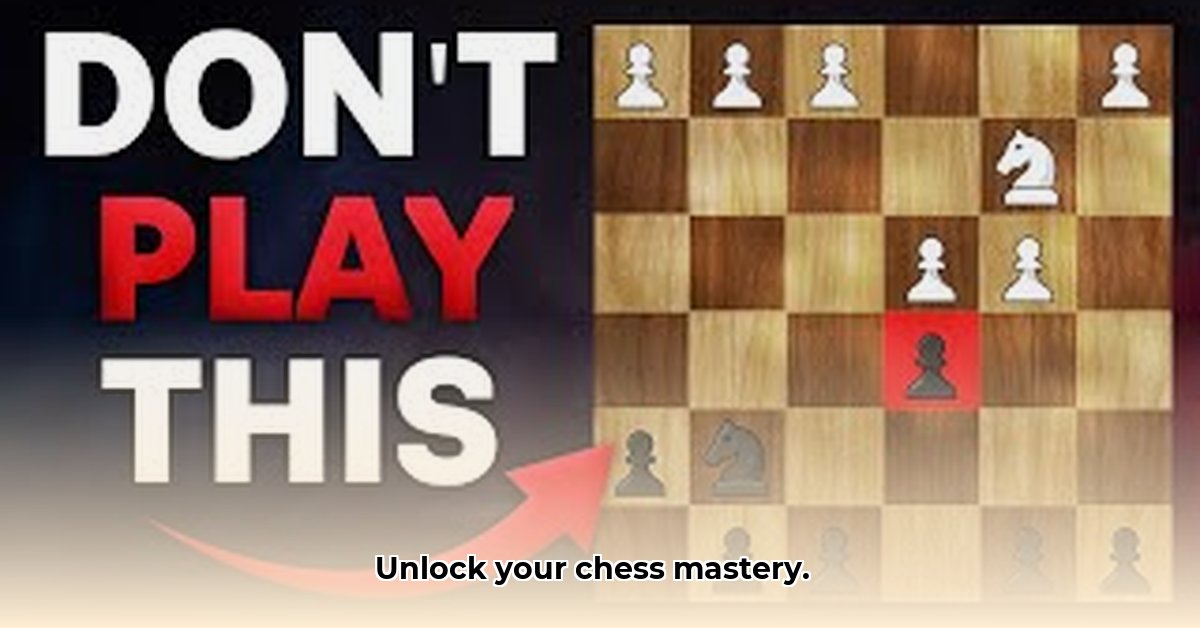
Ready to sharpen your chess skills? Chessly, an online chess training platform, promises to boost your game. But does it deliver? This review analyzes user feedback and explores Chessly’s strengths and weaknesses to help you decide if it's the right platform for you.
Chessly: A User Experience Review
Chessly's user interface receives overwhelmingly positive feedback. Many users describe the platform as intuitive and easy to navigate, even for beginners. This ease of use is a significant advantage, enhancing the overall learning experience. One user commented, "Finding my way around was a breeze; I could locate exactly what I needed without any hassle." This positive experience suggests a well-designed user interface that minimizes frustration and maximizes engagement.
The effectiveness of Chessly's courses, including popular options like the "E4 New York Style" and "Caro Kann" courses, is also highlighted in user testimonials. Many users report improvement in their gameplay after completing these courses. One user even reported success in a U1000 tournament after focusing on the Caro Kann strategies. However, the lack of quantitative data, such as Elo rating improvements, presents a significant limitation. Without concrete metrics, it's difficult to objectively assess the overall effectiveness of Chessly's training.
Objective Analysis: Strengths and Weaknesses
Chessly's strengths lie in its user-friendly design and its selection of well-structured courses. Positive user experiences frequently cite the platform’s ease of use and the engaging nature of the lessons. This creates a positive learning environment that keeps users motivated. However, the absence of quantitative data on skill improvement is a critical weakness. We lack objective metrics such as average Elo rating increases or course completion rates. This limits our ability to assess the platform's true impact on player development. This lack of data is a considerable obstacle in forming a definitive conclusion.
To achieve a more comprehensive assessment, Chessly needs to improve its data collection and analysis. Tracking key performance indicators (KPIs) like average Elo rating changes after course completion would significantly strengthen its credibility and provide valuable insights for future development. The addition of this crucial data would allow for a more objective evaluation of its educational efficacy.
A Balanced Perspective: Chessly's Potential and Limitations
Chessly shows immense potential as a user-friendly and engaging chess training platform. The positive user experiences and well-structured courses suggest a platform effective in teaching specific chess concepts. However, the absence of quantitative data significantly limits our ability to objectively assess its effectiveness. Imagine judging a car's performance based solely on its appearance—you wouldn't have a complete picture. Similarly, Chessly's reliance on subjective feedback leaves a crucial gap in its evaluation. This lack of hard data makes it challenging to definitively recommend Chessly to all chess players. The platform excels in its user-friendly interface and engaging course content, but to fully realize its potential, Chessly needs to prioritize the collection of quantifiable data to demonstrate its effectiveness.
Rating: 3.5 out of 5 stars. While the user experience and course content are positive, the lack of quantifiable data on skill improvement prevents a higher rating.
Try Chessly's free trial to ascertain if it aligns with your learning style. Remember to consider both the positive user testimonials and the need for more objective data when deciding if Chessly is right for you.
https://old.chessly.com/training
⭐⭐⭐⭐☆ (4.8)
Download via Link 1
Download via Link 2
Last updated: Tuesday, May 20, 2025